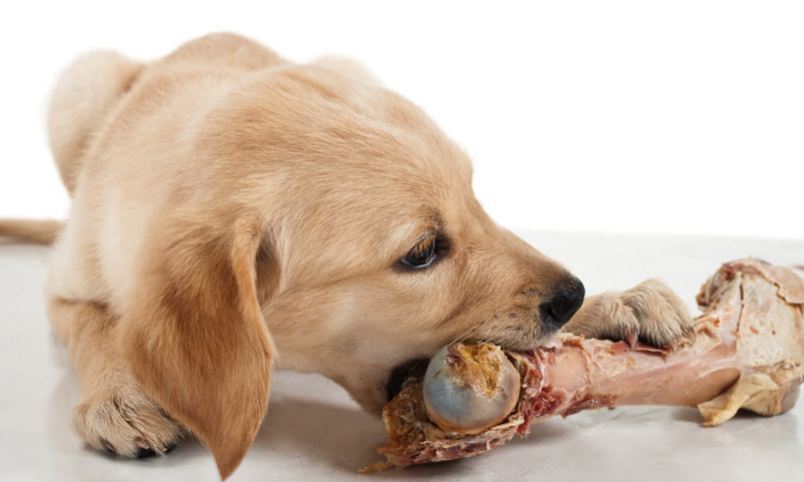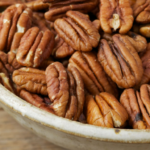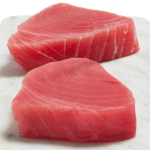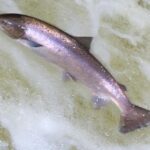If you are yourself following a carnivore diet, or part of a carnivore diet, you may be wondering if you dog can do too.
Dog food is as controversial as human food. It is also subject to the same misinformations, emotional biases and profit motives. Let’s get to the point. Dogs are carnivores. A dog’s diet that is primarily carnivore should be used.
In this blog post, we will discuss the science behind dogs being carnivores. We’ll also offer suggestions on how to give your dog the food that they need to thrive.
Dogs are facultative carnivores
Research on the feeding ecology and diets of wolves has shown that they are true carnivores. They eat fresh meat and very little vegetal matter. Dogs are directly descendants of gray wolves and have nearly identical digestive systems.
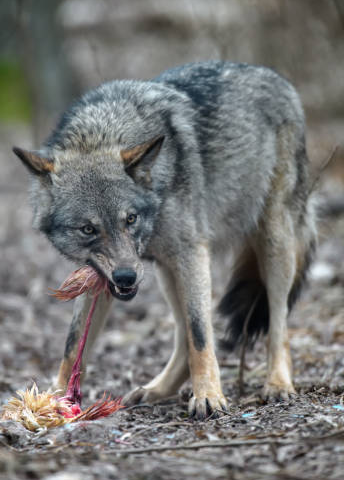
Dogs are true “Facultative Carnivores” and thrive on animal products. They can survive but not thrive on supplemental plant food, provided that fresh-killed or scavenged animal meat is available to supplement said plant food.
Let’s look at some key evidence that supports the belief that dogs are carnivores.
Their saliva lacks an essential digestive enzyme
Amylase enzyme is used for breaking down starches and carbohydrate before they reach the stomach.
Amylase is secreted by omnivores and herbivores through saliva. However, small amounts of amylase are found in the small intestines of carnivores such as dogs.
Dogs lack salivary amylase which means their bodies must work harder to use and digest carbohydrates.
Your dog’s pancreas will struggle to produce amylase, which is necessary to digest starch, sugar, and cellulose.
Their teeth are designed for meat only
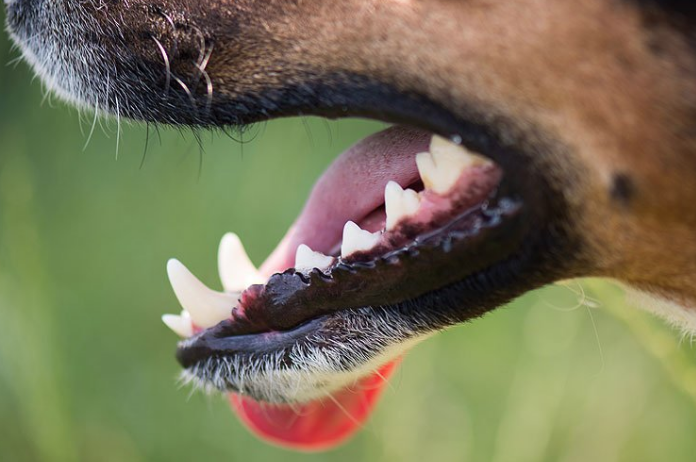
Glat grinding is not an option for dogs and other carnivores. Their teeth are long and sharp, and can be used to kill prey or tear meat.
Dogs don’t have the ability to grind their teeth in order to extract plant matter (glat grinding).
Canine jaws can only move in an upward and downward motion. They don’t move side to side as cows.
Their digestive system is designed for meat only
Like our human ancestors, dogs in the wild follow a feasting and fasting pattern. They eat fresh meat after it’s killed, scavenged, and fast between hunts.
Carnivores (including dogs) have large, flexible stomachs, high stomach acidity and short intestines.
A large stomach can hold a lot of fresh food. Toxic meat-born pathogens are killed by high stomach acidity. For breaking down highly bioavailable animal oils, proteins and micronutrients, short intestines work better.
Dogs also have the classic unsacculated (smooth), carnivore colon. The intestines are short and smooth, allowing for quick expulsion of any remaining bacteria.
On the other hand, thanks to the abundance of plant matter (grass, leaves, etc.), herbivores, omnivores, and other omnivores, have small stomachs, long intestines, and smaller stomachs. It takes a while for the plant matter to ferment into fatty acid.
You will notice that herbivores can eat a high-fat and low-carb diet. They don’t have to make the fat. Carnivores obtain it from the bodies and organs of other animals. Both herbivores as well as carnivores consume around 70% of their diet.
Gastric problems can be caused by excessive consumption of fibrous plant matter. The bacteria required to convert cellulose into usable fatty acids is not present in dogs. Fiber for dogs is just like human carnivores.
This boils down to the fact that you should only give your dog meat. Any other food is unnecessary and can cause stress to their organs, dilute digestive enzymes and irritation to their carnivore-optimized intestinal tracts.
Meat is all they need
Animal products are one the most nutrient-dense foods available on the market.
The “gold standard” frozen raw all-meat dog foods that include bone marrow and organ meats will exceed all essential and beneficial nutrient requirements.
Lamb, beef, chicken, and fish are loaded with healthy fats, complete proteins, vitamin B12, vitamin A, vitamin C, Thiamin, Zinc, Copper and Manganese, Pantothenic Acid, Iron, Phosphorus, Folate, B6, and Selenium.
Nutrients in raw ground beef–Obviously, these figures are very different to recommended figures for humans.
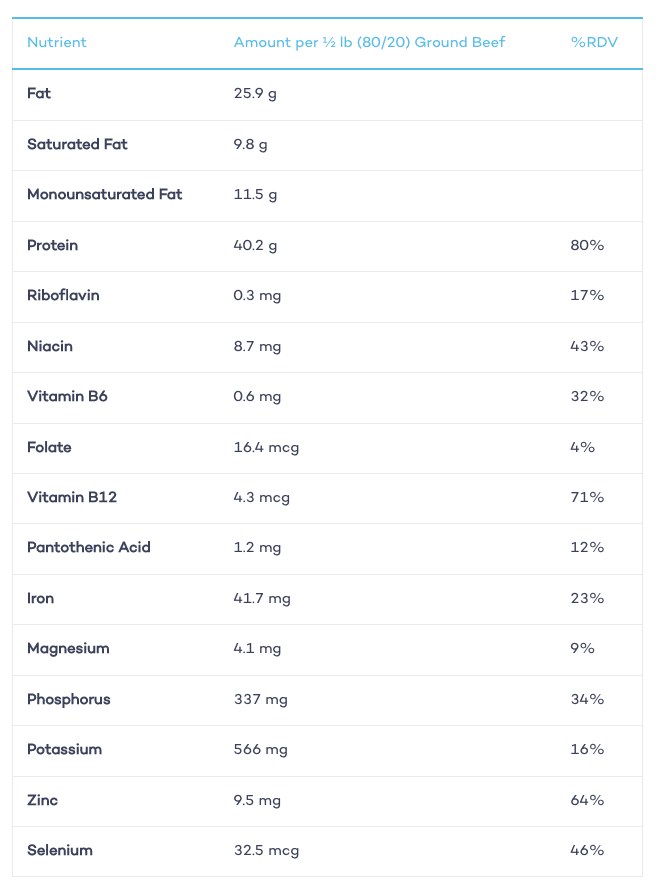
So, is a kibble based diet bad?
To better understand the effects of different foods on canine health, a Dogrisk Metabolomics Study was just completed.
Study found significant metabolic stress in dogs who ate dry kibble.
Kibble-fed dogs also had elevated levels of homocysteine which is a marker of inflammation.
Whole-food diets improve immune function and decrease inflammation.
It is not surprising that humans, as well as carnivores, are subject to similar stress and inflammation due to genetically-misaligned processed foods and plant foods.
Bottom line
Whether others like it or not, the domesticated dog’s anatomy screams carnivore. Off-the-shelf products may contain plant based additives, but in truth they are not 100% required. So, all in all, a carnivore diet for your dog might not be a bad option!
